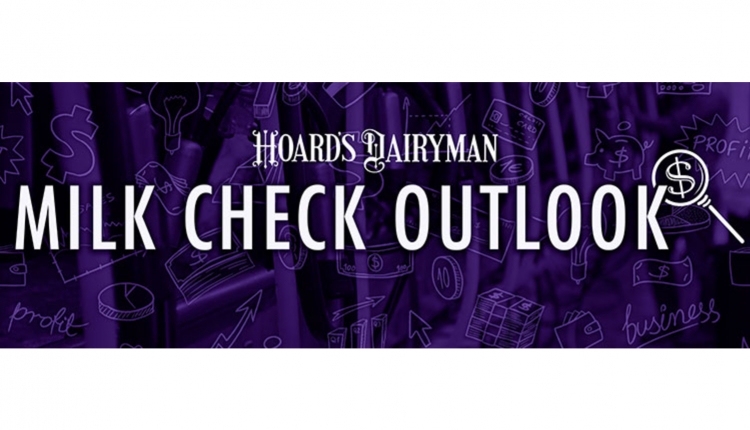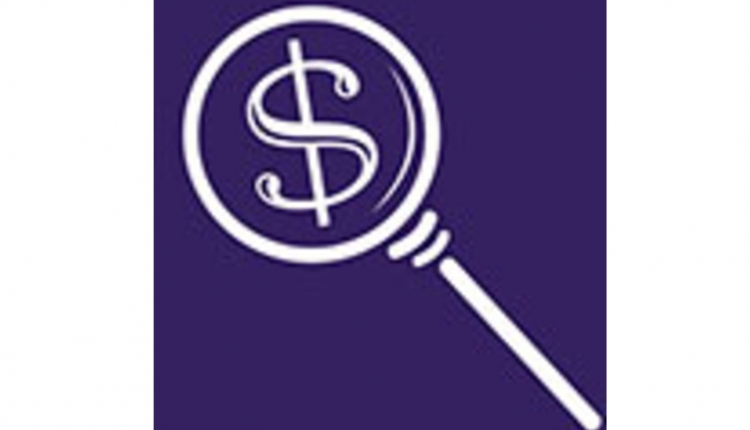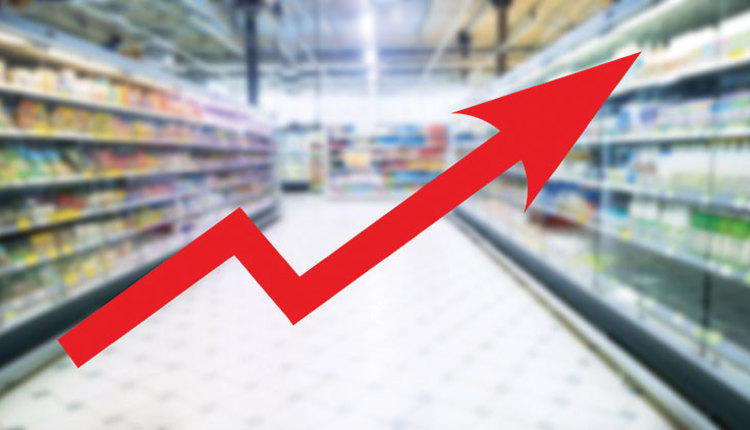The author is a senior director of market analysis with Ever.Ag.

The U.S. dairy market is charging into 2025 with high stakes. Two of the world’s largest cheese plants have fired up in the first half of the year, unleashing a torrent of new processing capacity. Just months ago, it seemed inevitable that this flood of cheese would swamp the struggling domestic market. It’s clear that sluggish restaurant sales — Pizza Hut down 5%, Papa John’s off 3% — reflect a continued shaky domestic demand situation. That hasn’t changed. Coming into 2025, we all knew that the million-dollar question for dairy farmers was, “Could exports be strong enough to survive the storm brewing over tariffs, trade wars, and plant expansions?”
Exports carry dairy
Dairy exports have, in fact, defied the gloom. The global economy has proven sturdier than expected, helping demand for U.S. cheese, butter, milk powder, and whey products. Europe’s milk production has stumbled, hampered by Bluetongue disease and restrictive environmental regulations that have curbed farm growth. New Zealand, too, has been sidelined with lagging milk supply growth. As a result, global buyers are turning to the U.S., which is on pace to establish a new butter export record this year. In addition, 20 million more pounds of cheese have been exported in the first quarter. We are also hearing more whispers in the industry of global buyers referring to U.S. dairy suppliers as “strategic partners,” fueled by the optimism from billions of dollars being invested in cutting-edge plants and a quality milk supply. The tailwinds behind U.S. dairy have become impossible to ignore amidst the growth in sales of dairy products throughout the world.
Looking ahead, all eyes should be on indicators of global demand. In this environment, global buyers are the key to offset weakness of the local U.S. dairy market. U.S. dairy prices have followed Europe and New Zealand upward, albeit at a distance. Any cracks in international prices will force U.S. suppliers to slash export prices to stay competitive. Be warned.
Plans for growth
On the supply side, challenges also loom. While farm consolidation is taking place at a quicker pace in the Northwest, there is plenty of supply growth elsewhere. Brownfield dairy farm expansions are popping up in virtually every other dairy region of the country, with farmers upgrading existing facilities or adding barns to boost output. In regions with new cheese plants, a number of massive greenfield farm projects are underway, with the intention to fill every inch of new stainless steel with milk. In total, U.S. dairy farmers are on track to fill the new capacity by yearend, with herd sizes growing despite tight replacement heifer supplies and highly pathogenic avian influenza (HPAI) concerns. U.S. dairy cow numbers bottomed out in July 2024, and the herd has since added nearly 100,000 cows. It’s not over. More cows, and more milk, are coming. Solid growth in global demand has helped make the U.S. the go-to dairy supplier of the moment for many international buyers. But with milk supply expansions in full swing here at home, there is no shortage of milk on the horizon. The market has managed to become balanced — neither drowning in oversupply nor starved for product — despite all the wild rhetoric we’ve seen this year, and that is a serious accomplishment. However, by no means should the market get carried away to the upside. The downward fundamentals of more supply and sluggish demand are going to keep the U.S. market at a discount to the rest of the world.
My advice? Resist swinging between panic and euphoria. This market environment demands temperance.



